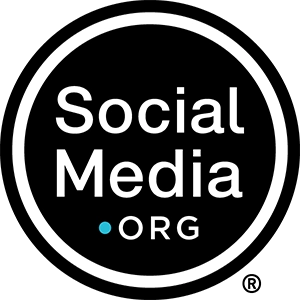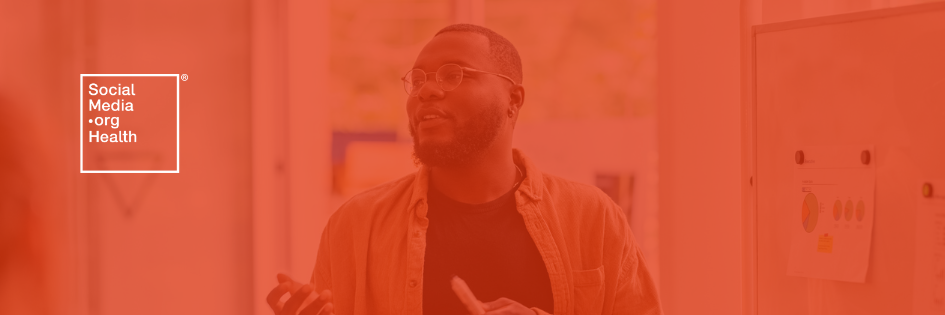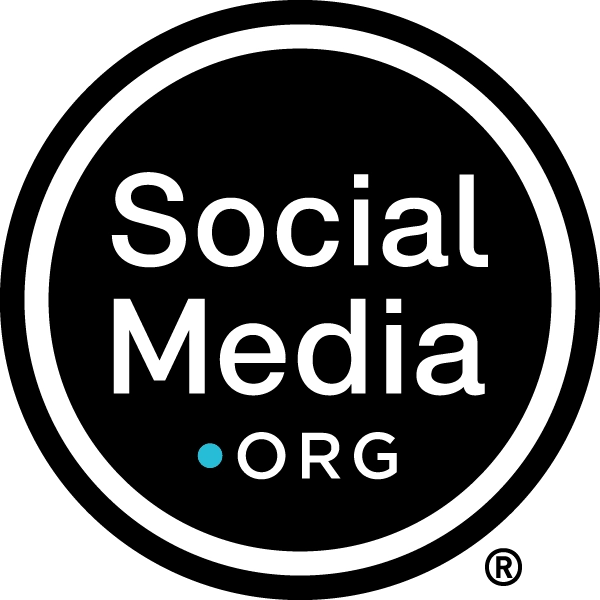Key takeaways:
- Metrics are vital when demonstrating ROI, and engagement, impressions, and click rates can be the most impactful.
- If you’re having trouble gathering detailed data, leverage your enterprise partners. For example, finance teams could help you build an ROI model, and your CRM team could help highlight social media’s contribution to revenue.
As a healthcare social media leader, you know your team’s efforts provide a wealth of value for your organization.
In fact, studies have shown that social media can enhance the image of a medical center or hospital. The National Library of Medicine quoted one study that found 57% of consumers said a hospital’s social media presence would strongly influence where they’d seek services.
The value of your program is clear, but sometimes, leadership could use a refresher.
Demonstrating social media’s ROI can be one of the more challenging aspects of your role. How can you position your program in a way that ensures continued investment?
Let’s dive into some actionable insights from social media leaders at the nation’s largest hospitals.
What are the Most Impactful Metrics to Share?
Capturing and presenting the right data is an essential component of demonstrating ROI.
The American Hospital Association (AHA) says reflecting on your initial goals is the first step in defining what success looks like to your organization.
For example, an AHA article states, “If your hospital began using social media to connect with patients and provide reliable information, effectiveness should be determined by comparing results with your organization’s strategic plan, objectives, goals, and performance metrics.”
Ask yourself, are your patients receiving reliable information from your social channels? Have you built an audience? Is there a two-way dialogue established?
The answers to these questions can be found in your engagement reports for each social network, according to the AHA.
In a confidential discussion among SocialMedia.org Health members, engagements and impressions were the leading metrics when proving social media’s ROI.
Additionally, some members said they include click rates and reach to tell a bigger story, and another leader explained they intertwine stories and examples to create a persona when reporting to leadership.
Leverage Your Organization’s Partners
If you’re struggling to gather this data, you can always seek guidance from your peers across the enterprise.
An Actium Health article on maximizing ROI suggested leaning on your finance department to help build an ROI model that works best for your team.
Furthermore, Actium states, “It’s also important to build relationships with your service lines and cross-functional partners to stay on top of new service offerings, resource constraints, new technologies, and other trends.”
In another members-only conversation, one hospital in SocialMedia.org Health broke down how they partnered with the Customer Relationship Management (CRM) team to demonstrate social media’s contribution to revenue.
Both teams worked together to create measurable and trackable goals to influence the engagement and acquisition of new patients by leaning into the power of CRM data. Today, the CRM team continues to spearhead patient acquisition and retention campaigns alongside the social media team to drive results.
Additionally, they use an extensive Data Model & Visualization tool to track media cost, leads, conversions, CPL, and direct revenue. Detailed metrics from the tracking feed are shared with the data team to determine conversion and accurate revenue generation.
By capturing detailed ROI metrics, the social media team was able to grow from one to three team members. Specifically, being able to show cost per lead helped support the case to grow the team.
Benchmark With Senior Social Media Leaders at the Nation’s Largest Hospitals
SocialMedia.org Health members also discussed that tracking and comparing metrics against competitors has also proven meaningful to leadership. Comparing and reporting competitor data can help guide and justify your social media strategy and increase overall engagement across platforms.
It’s also beneficial to benchmark your strategy alongside your competitors.
If you lead social media at a large hospital, you have the opportunity to apply to join our confidential, vendor-free community and gain unbiased peer insights into how your peers are demonstrating the value of social media at their hospitals.


